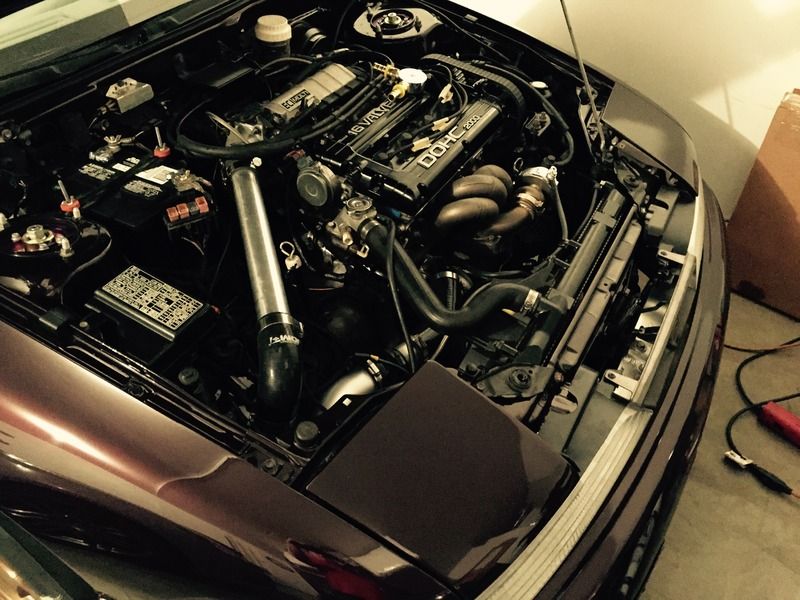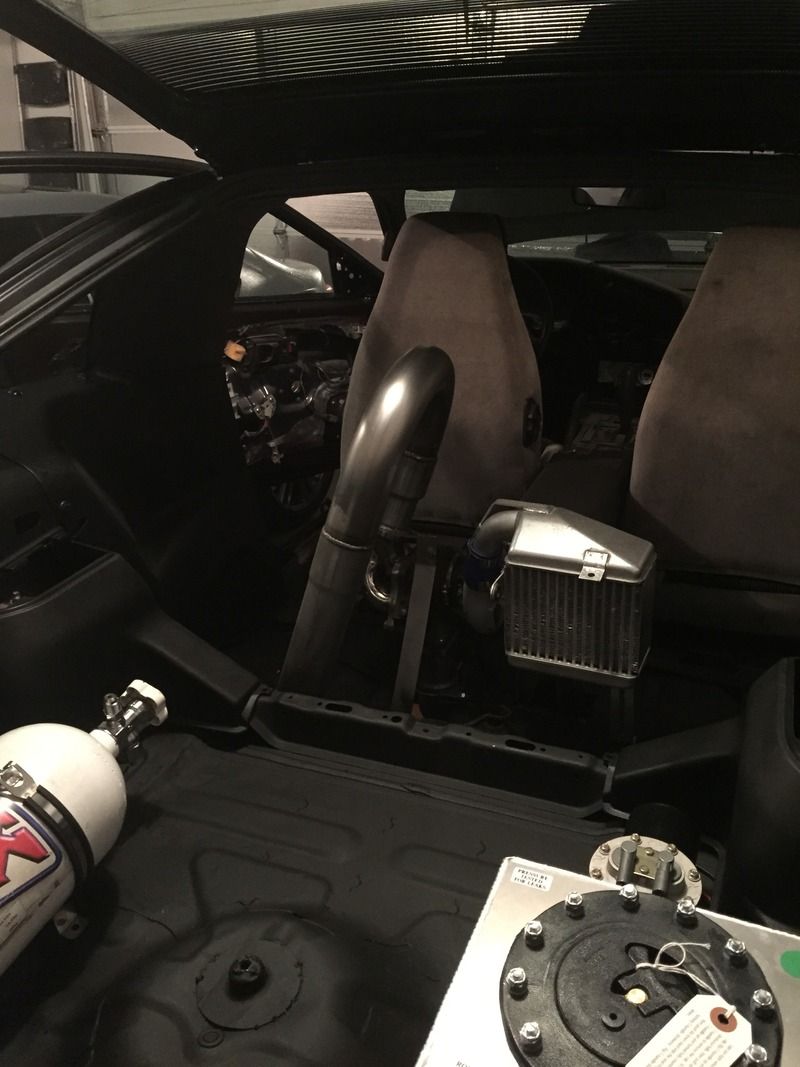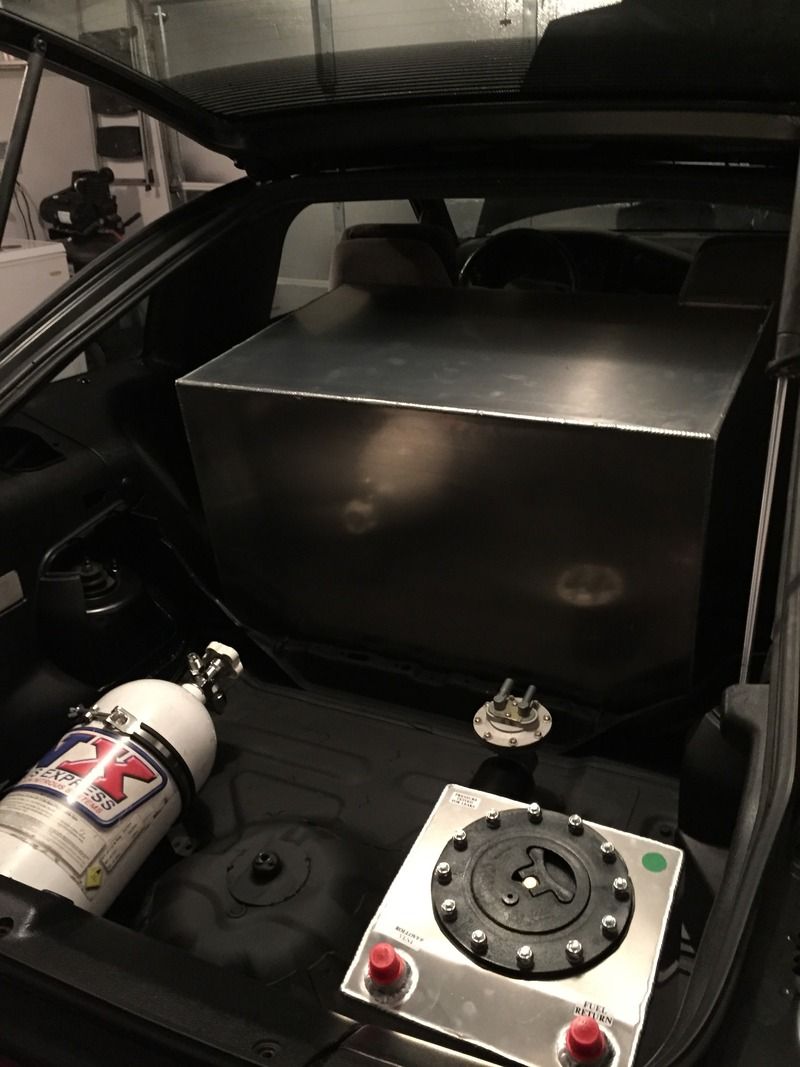Moose wrote:wuzak wrote:If you stick a turbine in the exhaust why wouldn't you connect it to a compressor?
Well, the question is, why would you - can you extract more power by connecting it to a compressor, by connecting it to a generator, or by connecting it to both? It's entirely possible (though I think unlikely), that connecting it straight to a generator, and powering the wheels with it is more efficient than connecting it to a compressor.
you could extract more electrical energy connecting the turbine to generator only (ie on an NA engine designed to F1 fuel limits)
but while the rules allow unlimited real-time use of that electrical energy, they limit its power to the 120 kW of the MU-K function
this because the rules are written to support the compounded turbocharged type of engine not the compounded NA type
fair enough for the road car spending 99% of its time in part power operation
the turbo engine being smaller, it tends to have lower losses at partial powers
16000 compounded aircraft engines optimised for running supercharged 15% over atmospheric (mechanical supercharging)
used at sea level 0.36 lb/hp-hr in the later versions (equivalent to 0.35lb on good car fuel, or 0.33 lb on MBs Petronas stuff)
at this boost the supercharging power was only about 2% of the engine power
and the free recovered power from the turbines was 6%, without raising the exhaust pressure or costing crankshaft power
ie all done by blowdown
over a limited rpm band a race NA engine will develop at least 15% over atmospheric pressure from its tuned length induction system
the first compounding research the NACA did was on NA engines, iirc giving via the compound train 8-9% free recovered power
research (lightly supercharged) showed best efficiency from real back pressure (eg 30% of total power via the compound train)
often in research the exhaust pressure was 0.25 bar more than the induction pressure
0.25 bar bp was specifically stated to be problem-free (typically the engines having anyway small valve overlap eg 40 deg)
there is a relationship between exhaust valve closure timing and useable BP, this would still apply in an NA compounded engine
though bp would reduce massflow with NA, this is not a killer problem unless rules prevent a suitable displacement
best efficiency would similarly be with high bp and a high % of recovered power (ie far more than the permitted 120 kW)
btw
we have little idea of the exhaust pressure of the current engines
the required compressor power becomes very high if seriously lean mixture (extra air) is used
ie an apparently high boost can imply quite a low recovery
iirc gg's view is that the turbine/compressor will always give a net work output from exhaust heat for any/all extra air use
I don't know if he has produced figures for different levels of leanness
fwiw - remember early gas turbine 'engines' gave no output
(their compressors and turbines were not vastly worse than F1's and their turbines had a higher heatsource energy state)
the first successful gt (Brown Boverei) was nominally a blowing system (pump) with partial recovery from in-process combustion
but the recovery was more than partial, so BB had an engine and the world beat a path to their door
EDIT
@ pgfpro
regarding your interesting account of experience of detonation with rising exhaust pressure .....
F1 is using super DI with 400-500 bar pressure and injection timing(s) only microseconds ahead of need ?
and fuel of unlimited octane number
presumably you were momentarily getting under-scavenge
NACA seemed to find this at their high bp in Allison (76 deg overlap) engines but not with P&W (40 deg overlap) engines
@ self
yes (NACA) research on backpressure running (all at less than full boost) was maybe helped by a CR margin available
the CR being set for full boost operation it seems to be sub-optimal at lower boost
but the recovery is likely to be higher with this sub-optimal CR




